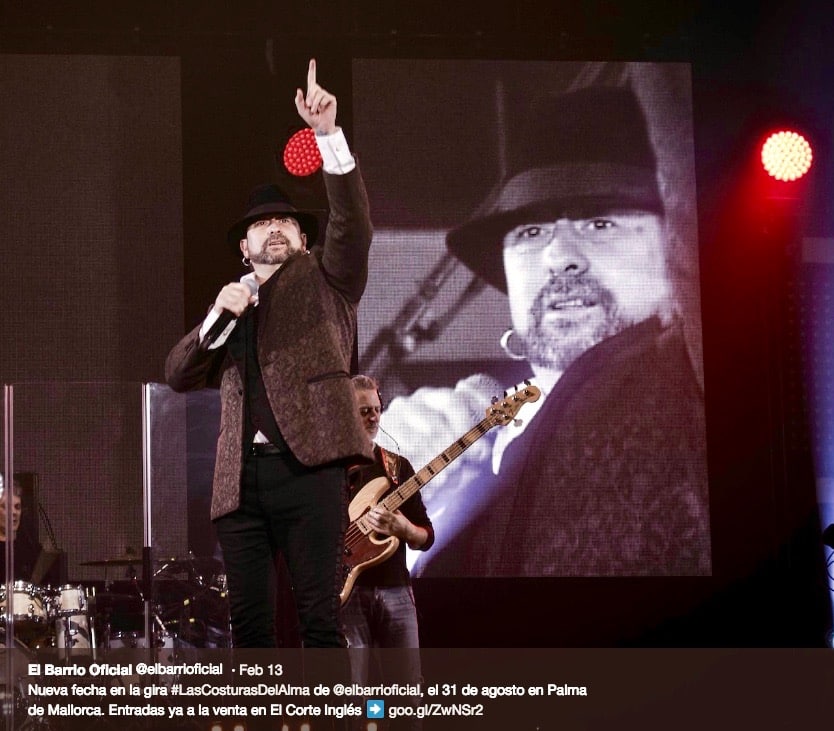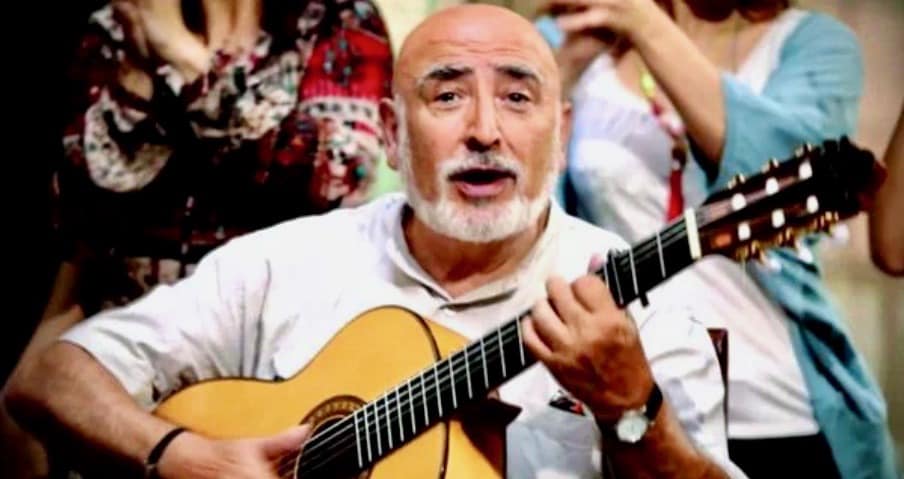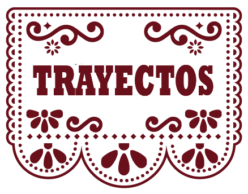I. Antes de ver
Actividad 0-5. You are now going to listen to a song. Look at these images, and imagine what these two singers are like and what kind of songs they sing. Write three ideas.


![]() II. A ver
II. A ver
Now watch the video on https://www.youtube.com/watch?v=8VI4btgPPro, and check if your ideas coincide with the video.
Now watch the video once more, and do the activities that follow.
Actividad 0-6. Answer these questions about the song.
- ¿Cómo se llama la canción (song)?
- ¿Cómo se llaman los cantantes (singers)?
Now read the information about the singers that appears on these two websites and answer the questions that follow.
Cantante 1: https://en.wikipedia.org/wiki/El_Barrio_(singer)
Cantante 2: https://en.wikipedia.org/wiki/Peret
- El verdadero (real) nombre de los cantantes es… y ….
- ¿De dónde son? Mention country and city of origin.
- ¿Cómo son? Use some of the images in the song and the information on the websites to describe each singer. Remember to use the verb ser and los cognados that you learned in previous sections.
![]() Actividad 0-7.
Actividad 0-7.
Find three words other than the ones in the title that you recognize or you know. Tell your classmates what you think they mean.
![]() Actividad 0-8. Tus opiniones.
Actividad 0-8. Tus opiniones.
Discuss the song with a classmate using the following questions. Do you have similar opinions?
- What do you find appealing about this song? Do you like it? Why? / Why not?
- This song combines two different musical genres: flamenco and rumba catalana. What do you know about them? Where do they come from? What are the cultural features that distinguish them? Work with a classmate to answer these questions. You can find information on these websites:
- Is there a particular musical genre in the US or Texas that shares characteristics with flamenco or rumba catalana? Justify your answer with examples. (e.g., you can find music videos to show the similarities and differences).
Now that we’ve learned more about music in the Spanish-speaking world, we will continue learning words that will help you express your ideas in Spanish. It’s time for

